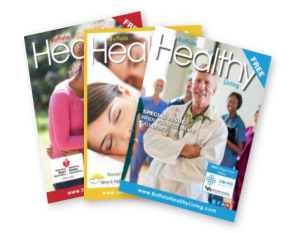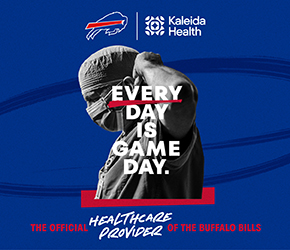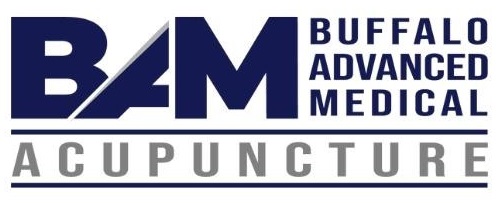Taking Charge of Your Breast Health

Courtesy of Windsong
Breast cancer remains a serious health issue, affecting hundreds of thousands of women and thousands of men each year. While risk factors such as gender, age, and genetics cannot be changed, informed lifestyle choices and early detection are crucial to reducing risk and enhancing outcomes. One of the most effective tools for early detection is 3D digital mammography, which provides more transparent and more detailed images for more accurate diagnoses. Annual screenings, combined with a healthy lifestyle, can significantly support breast health. It is also important to know the risks of breast cancer.
- Gender and hormones: Women have a higher risk, especially if they start menstruating before age 12 or experience menopause after age 55.
- Age: The risk of a diagnosis increases with age, with most cases occurring after age 50. Experts recommend annual mammograms starting at 40 for women at average risk, with earlier screenings for those at higher risk.
- Dense breast tissue: About half of women have dense breasts, which both increases risk and makes cancers more challenging to detect. Mammograms are the only way to measure density.
- Family history: While having a family history raises the risk, most breast cancer patients (85%) do not have close relatives with the disease.
- Genetics: Mutations in BRCA1, BRCA2, and other genes increase the risk, and genetic testing can provide valuable insights.
- Chest radiation: Receiving chest radiation before age 30 increases the long-term risk of developing specific health problems.
Weight, Exercise, and Diet.
Lifestyle choices are important. Being overweight or obese can raise breast cancer risk by causing inflammation, boosting estrogen and insulin levels, and supporting cell growth. This risk is exceptionally high after menopause, when hormonal shifts and weight gain are standard. Exercise helps counter this. An extensive study found that women who walked an hour daily lowered their breast cancer risk by 23%. Experts recommend at least 150 minutes of moderate activity, such as brisk walking, dancing, or water aerobics, or 75 minutes of vigorous activity, like running, swimming laps, or cycling at a faster pace, each week. A balanced diet also supports breast health and overall well-being. Diets rich in fruits, vegetables, whole grains, nuts, and healthy fats—such as the Mediterranean diet—may be linked to a lower risk of breast cancer. Limiting red and processed meats, sugary drinks, and refined carbs is equally essential. Instead of short-term fad diets, aim for sustainable, nutrient-dense eating habits developed in consultation with your healthcare provider.
Annual Screening Saves Lives.
Even with a healthy lifestyle, no one can completely prevent breast cancer. That’s why annual screening mammography remains essential. Detecting cancer early, when it is most treatable, greatly improves survival rates. In fact, women whose breast cancers are found at Stage 0 or 1 have nearly a 100% five-year survival rate. At Windsong Radiology, advanced 3D mammography and cutting-edge imaging technologies support our commitment to excellent breast care. Every woman has a reason to schedule her yearly mammogram—whether for herself, her family, or simply for peace of mind. Remember, early detection saves lives. To take control of your breast health, schedule your mammogram online at https://windsongwny.com or call 716-631-2500 today.











